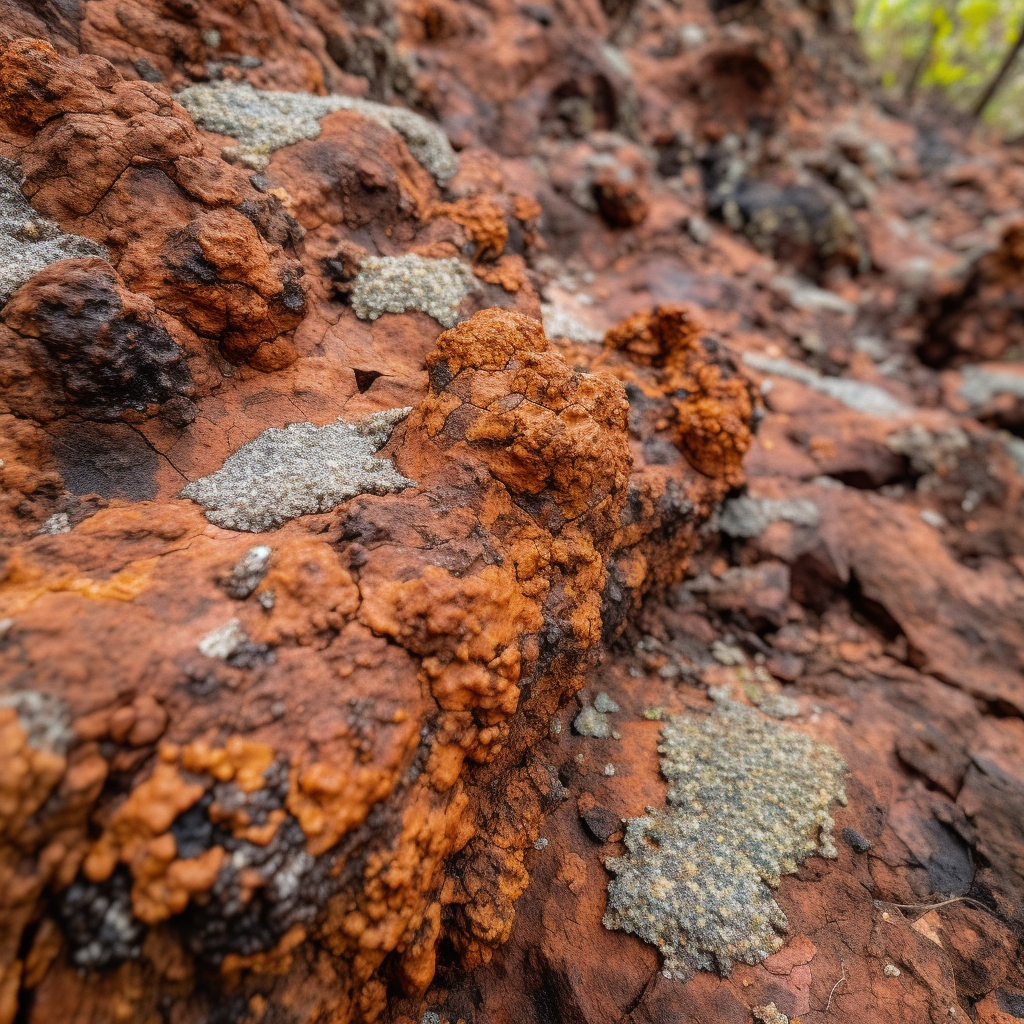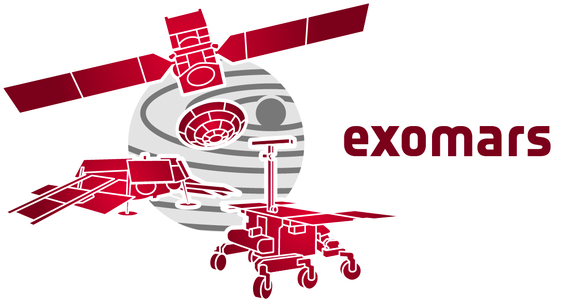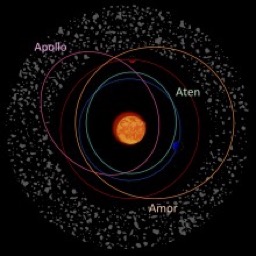Dictionary of Space Concepts
What is the Dictionary of Space Concepts?
The Dictionary of Space Concepts (DSC) is a project by UNIVERSEH – the European Space University of Earth and Humanity. Starting in 2020, this Alliance of five European Universities decided to launch an online dictionary dealing with terms and concepts related to space sciences. It should be created and used by students, lecturers, researchers and citizens alike.
After an initial planning phase, the DSC was published in spring 2022. It opens up several opportunities for all members of the UNIVERSEH Alliance and interested citizens to contribute to the content of the DSC.
In our course "Terms and Concepts of Space" (to the registration) , students learn how to write a dictionary article and later on contribute several entries to the DSC. Students and other members of the UNIVERSEH Alliance can also submit articles for the DSC via an entry in here . Interested citizens can contribute in this entry platform.
Once submitted, these articles are reviewed by UNIVERSEH Alliance staff and, if necessary, edited before their publication in the Dictionary.
In this way, the DSC is a dynamic project that is constantly expanding in content and quality through constant contributions from students, staff and citizens.
| Alla kategorier |
CELESTIAL BODIES |
|---|
EQUIPMENT |
|---|
Dusty Vacuum Chamber (Dirty Vacuum Chamber) | ||
|---|---|---|
Source: https://ttu-ir.tdl.org/bitstream/handle/2346/73031/ICES_2017_235.pdf?sequence=2&isAllowed=y Short Definition:An enclosure that constitutes a closed environment developed for the purpose of simulating lunar conditions and allow for the testing of material behaviour in such a space.
Detailed Definition:Sample Sentence(s):Translations:
Links to Videos/Articles: | ||
Falcon 9 | |||
|---|---|---|---|
 Source : SpaceX (2016, January 16). Falcon 9 vertical at Vandenberg Air Force Base. wikimedia commons. https://commons.wikimedia.org/w/index.php?curid=64851825 Definition:Falcon 9 is the world's first orbital class reusable rocket, created and manufactured by SpaceX. It is a reusable, two-stage rocket capable of transporting both people and payloads into Earth's orbit and beyond. Reusability allows to reuse the most expensive parts of the rocket, which diminishes the cost of space access. The standard parameters of the rocket are: Height - 70 m / 229.6 ft Diameter - 3.7 m / 12 ft Mass - 549,054 kg / 1,207,920 lb The engine used in production of Falcon 9 is the Merlin, which uses grade kerosene (RP-1) and liquid oxygen as rocket propellants in a gas-generator power cycle. The Merlin engine was originally designed for recovery and reuse. Falcon 9 has already been used in numerous missions or tests (Crew-1 Mission, Crew-2 Mission, Crew-3 Mission, DART Mission) and is planned to be launched in the next ones (for example Polaris Dawn in the last quarter of 2022). Sample Sentence(s):"This rocket is the Falcon 9 that successfully reached orbit after 9 minutes and 38 seconds on its maiden test flight." Translations:
Links to Videos/Articles:https://www.spacex.com/updates/ | |||
EXPERIMENTS |
|---|
Biomining | ||
|---|---|---|
 Source: Midjourney (2023, May 24). AI illustration of microorganisms on ore. midjourney. midjourney.com Short Definition:A process involving the extraction of a resource using biological tools. For example, with bacteria or algea. Detailed Definition:Biomining is an environmentally friendly and energy efficient way of extracting useful elements by using microbes to break down rocks to make soil or provide nutrients. Microbes are tiny organisms, such as bacteria and fungi, that have a wide variety of functions. Some microbes have abilities that could be beneficial to humans, such as biomining. Etymology:Bio: From Ancient Greek βίο- (bo-), combining form and stem of βίος (bíos, “life”). Mining: Any activity that extracts or unearths minerals. Sample Sentence:You can use biomining to extract minerals from asteroids using bacteria or fungi." Translations:
Links to Videos/Articles:https://www.sciencedirect.com/referencework/9780080885049/comprehensive-biotechnology | ||
Orbital Manufacturing | ||
|---|---|---|
The concept of orbital manufacturing visualized by a primate building space mission components with blocks. Source: Short Definition:Orbital manufacturing refers to the production of various components required for space missions in orbit. Detailed Definition:
In orbital manufacturing, parts, materials, and tools needed for space missions are manufactured in orbit around planets. This manufacturing capability provides a solution for sustainable, flexible missions and enables on-demand repair, fabrication, and recycling on critical systems. These capabilities provide tangible cost savings by reducing launch mass, as well as significant risk mitigation by reducing dependence on spare parts and/or oversizing systems for reliability. There are several advantages of manufacturing in space: The effects of microgravity and vacuum in space enable the study and manufacturing of products that would otherwise be impossible to make on Earth. When compared to launching all essential resources from Earth, the harvest and processing of raw materials from other astronomical bodies, commonly known as In-Situ Resource Utilisation (ISRU), could enable more sustainable space research missions at a lower cost. Raw materials might be transferred to low Earth orbit and processed into products before being delivered back to Earth. This aims to preserve the Earth by replacing terrestrial production on the planet. Etymology:
Orbit - Latin - orbita “course, track, impression, mark” Manu - Latin - manus “Hand” Facture – Latin - factura “Making” Sample Sentence(s):
“Was this arm made using orbital manufacturing?” “Orbital manufacturing is particularly suitable for long space missions.” Translations:
Links to Videos/Articles: | ||
Twins Study | |||
|---|---|---|---|
Definition:A study aiming to investigate the effects of spaceflight on the human organism. The study was organized by NASA with the support of 8 universities across the USA. It was conducted in 2015-2016 and involved two identical twin brothers: Scott and Mark Kelly. Scott Kelly served on a year-long mission aboard the International Space Station, while his brother Mark Kelly, a former NASA employee, remained on Earth. The twins study included an array of biochemical, neurological and other types of medical tests conducted before, during and after the spaceflight, i.e. over the span of 27 months. The results confirmed the robustness and resilience of human health, since 91,3% of Scott Kelly’s medical parameters returned to baseline six months after the spaceflight. The remaining changes were to be used for development of personalized measures to predict and overcome possible adverse consequences of spaceflight. Translations:French: German: Polish: Eksperyment z bliżniakami Swedish: Article:https://www.science.org/doi/pdf/10.1126/science.aau8650 Other sources:https://www.nasa.gov/feature/nasa-s-twins-study-results-published-in-science https://www.nasa.gov/twins-study/about
| |||
MISSIONS |
|---|
ExoMars Programme | |||
|---|---|---|---|
 DefinitionA programme created in cooperation between ESA and Roscosmos, which is trying to find signs of biological processes on Mars indicating whether life has ever existed on that planet. The programme includes two missions:
The Trace Gas Orbiter’s task is to look for trace atmospheric gases, including methane, which would indicate the presence of biological processes, whereas the Rosalind Franklin rover is supposed to look for evidence of life on the surface and underground. Etymology:“Exo” in ExoMars refers to “exobiology”, a branch of sciences investigating life beyond Earth. A rover involved in this mission is named after Rosalind Franklin, who was an English chemist known in particular for her contribution to DNA research. The platform Kazachok is named after a Russian folk dance. Sources:https://www.esa.int/Science_Exploration/Human_and_Robotic_Exploration/Exploration/ExoMars More about the mission:https://www.esa.int/Science_Exploration/Human_and_Robotic_Exploration/Exploration/ExoMars/ExoMars_Factsheet | |||
Gravity Assist | ||
|---|---|---|
Source: http://solarsystem.nasa.gov/multimedia/display.cfm?IM_ID=2143, https://commons.wikimedia.org/w/index.php?curid=18049439 Short Definition:Gravity assistance describes the intentional use of the gravitational attraction of a celestial body, in order to modify the trajectory of a space vehicle. This maneuver allows the spacecraft to save rocket fuel. Detailed Definition:Etymology:1. Gravity (Noun.), originating from the Latin word gravitatem, with the meaning of “weight, heaviness, pressure” 2. Assist (Verb.), originating from Latin word assistere, which means “standing by, help” Sample Sentence(s): “The global minimum velocity increments of direct transfer trajectory and gravity-assist trajectories are obtained for each candidate target.” Translations:
Links to Videos/Articles:
| ||
RemoveDEBRIS Mission | |||
|---|---|---|---|
Definition:A mission under the supervision of the Surrey Space Centre of the University of Surrey (supported by Surrey Satellite Technology Ltd., Airbus Defense and Space, Innovative Solutions in Space, CSEM, Inria and Stellenbosch University) that aimed to find the best method of capturing and removing space debris. The project was based on a satellite containing several pieces of equipment (a net, a harpoon, a drag sail and vision-based navigation equipment, as well as a set of targets simulating space debris), which remained in orbit between 2018 and 2021. The satellite platform for the project RemoveDEBRIS was launched using SpaceX Falcon 9, was delivered to the International Space Station and later deployed into orbit, where a series of experiments on debris removal were conducted, using several pieces of equipment:
Translations:
Links to Videos:https://www.youtube.com/watch?v=XLuHk5gWx3k https://www.youtube.com/watch?v=_QUhCLTfXf0 Articles:https://www.surrey.ac.uk/surrey-space-centre/missions/removedebris https://www.airbus.com/en/products-services/space/in-space-infrastructure/removedebris https://directory.eoportal.org/web/eoportal/satellite-missions/r/removedebris | |||
Twins Study | |||
|---|---|---|---|
Definition:A study aiming to investigate the effects of spaceflight on the human organism. The study was organized by NASA with the support of 8 universities across the USA. It was conducted in 2015-2016 and involved two identical twin brothers: Scott and Mark Kelly. Scott Kelly served on a year-long mission aboard the International Space Station, while his brother Mark Kelly, a former NASA employee, remained on Earth. The twins study included an array of biochemical, neurological and other types of medical tests conducted before, during and after the spaceflight, i.e. over the span of 27 months. The results confirmed the robustness and resilience of human health, since 91,3% of Scott Kelly’s medical parameters returned to baseline six months after the spaceflight. The remaining changes were to be used for development of personalized measures to predict and overcome possible adverse consequences of spaceflight. Translations:French: German: Polish: Eksperyment z bliżniakami Swedish: Article:https://www.science.org/doi/pdf/10.1126/science.aau8650 Other sources:https://www.nasa.gov/feature/nasa-s-twins-study-results-published-in-science https://www.nasa.gov/twins-study/about
| |||

